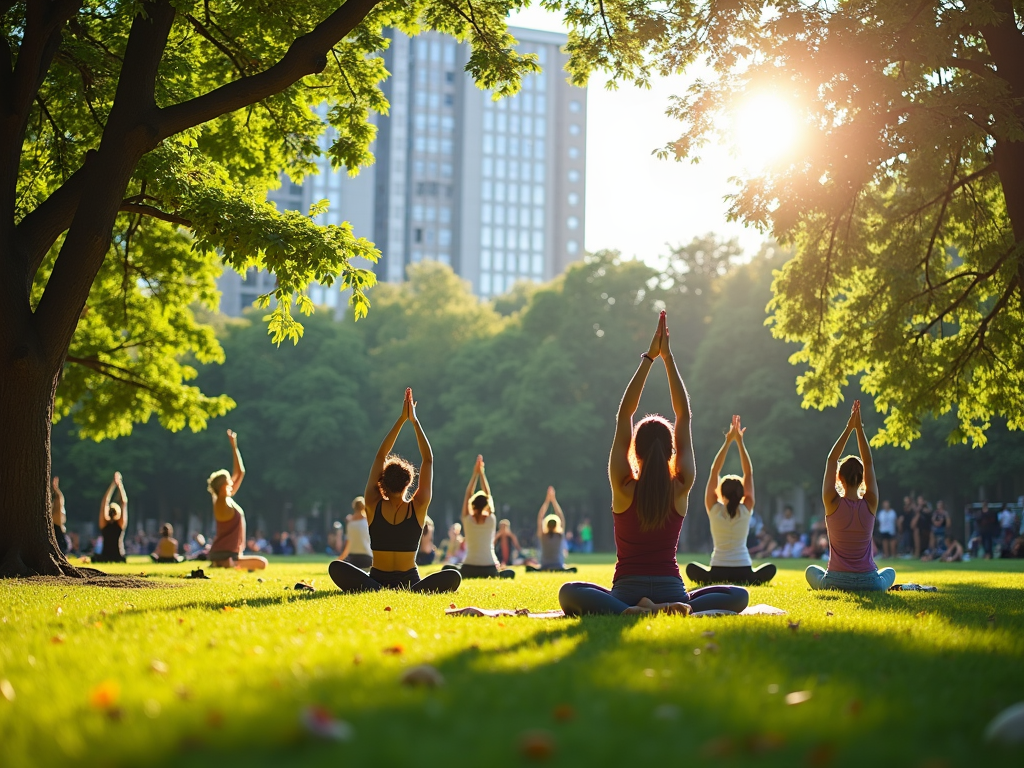Sustainable living in urban areas is more than a passing idea—it’s a vital step toward a healthier planet. By making eco-friendly choices in cities, we can cut emissions, save cash, and live better. This article dives into the many perks of going green in urban spaces.
Environmental Benefits
Living sustainably in cities helps tackle one of our biggest challenges: reducing our carbon footprint. Urban areas pump out a huge share of global emissions. But with smart changes, we can turn that around.
Take public transportation—buses and trains cut down on car use, slashing pollution and traffic jams. Bike-sharing programs are popping up everywhere, making it easy to zip around without gas. I’ve seen how much cleaner the air feels in neighborhoods where people bike more.
Then there’s energy-efficient buildings. Think solar panels, green roofs, and clever designs that use less power. These upgrades shrink our reliance on fossil fuels. Cities like Copenhagen, where biking is king, show how this works in real life.

I once visited a friend in a solar-powered apartment building. The place felt modern yet cozy, and she swore her energy bills were tiny. It’s proof that sustainable living isn’t just good for the earth—it’s practical too.
Economic Benefits
Going green in urban areas can save you money. It’s not just about feeling good; it’s about keeping more in your wallet.
Ditching the car for a bus pass or a bike saves on gas and repairs. I used to spend a fortune on parking downtown—now I walk or take the subway and pocket the difference.
Energy-efficient appliances and solar panels cut utility costs too. Sure, they might cost more upfront, but the savings stack up fast. In some cities, you even get tax breaks for going green. Plus, sustainable choices spark jobs—think solar techs or urban farmers—boosting the local economy.

In my old neighborhood, a guy started a small solar business. He hired locals, and soon half the block had panels. It wasn’t just cheaper bills—it was jobs and pride in our little corner of the city.
Social Benefits
Sustainable living in urban areas builds stronger communities. It’s amazing how green habits can connect people.
Community gardens are a big win. You grow food, swap tips, and chat with neighbors. I planted tomatoes in one last summer—nothing beats sharing the harvest with folks nearby. Farmers’ markets work the same way, linking you to local growers.
Events like eco-fairs or cleanups pull people together too. They’re fun, and you learn stuff—like how to recycle better. It’s a simple way to feel part of something bigger.

Once, I joined a garden cleanup. We hauled dirt and planted herbs, then grilled out after. I met people I’d never have talked to otherwise. That’s the magic of sustainable living—it’s social glue.
Micro-Apartments: A Sustainable Housing Solution
Micro-apartments, or small apartments, are a game-changer for sustainable living in urban areas. They’re tiny but mighty, designed to use less energy and space.
Living small means lower bills for heat and lights. I stayed in a micro-apartment once—everything was so efficient, I barely noticed the size. Many come with energy-saving gear built in.
Micro-apartment communities and amenities take it further. Shared spaces like rooftop gardens or gyms cut down on waste. You get a tight-knit vibe without needing a big footprint.

A friend lives in one of these setups. She loves the shared laundry and movie nights on the roof. It’s sustainable, affordable, and honestly pretty cool—perfect for city life.
Health Benefits
Sustainable living in urban areas can make you healthier. It’s not just about the planet; it’s about you.
Walking or biking beats driving every time. I started biking to the store—it’s exercise I don’t even notice, and my knees thank me. Green spaces like parks lift your mood too.
Fresh food from gardens or markets keeps you eating right. I grabbed carrots from a farmers’ market last week—way tastier than store-bought. It’s small stuff that adds up to feeling better.

I’ve noticed how a quick park walk clears my head after work. Studies back this up—green spaces calm you down and even cut stress-related illnesses. It’s a free health boost.
Easy Ways to Start
Here’s a quick list to kick off sustainable living in the city:
- Carry reusable bags for shopping.
- Compost kitchen scraps.
- Buy from local markets.
- Walk or bike short trips.
- Swap to LED bulbs.
- Join a neighborhood garden.
These steps are simple but powerful. I started with reusable bags—now it’s second nature.

Summary
The benefits of sustainable living in urban areas are clear: less pollution, more savings, tighter communities, and better health. Small apartments and micro-apartments show how easy it can be. With a few changes, we can build greener, happier cities for everyone.